What is the Legal Basis for CFR Management?
- Under Section 3(1)(i) of the Forest Rights Act (FRA), Gram Sabhas have the right to protect, regenerate, and manage their Community Forest Resource (CFR) areas.
- FRA Rule 4(1)(e) requires Gram Sabhas to form a Community Forest Resource Management Committee (CFRMC), and Rule 4(1)(f) requires them to prepare a management plan for the CFR area.
- This plan is integrated into the Forest Department’s broader management framework.
What Are the Objectives of CFR Management?
Under Section 5 of the FRA, Gram Sabhas are empowered to
1. Conserve wildlife, forests, and biodiversity.
2. Protect catchments, water bodies, and sensitive environmental areas.
3. Safeguard cultural and natural heritage of forest-dwelling communities.
Rule 4(1)(fg) emphasizes that CFR management must be sustainable and equitable. Taken together, the goals of CFR Management planning include livelihood enhancement, sustainable resource use, biodiversity conservation, equity & justice, and ensuring a democratic process.
How Does ATREE Support CFR Management Planning?
- ATREE (in collaboration with TISS) has developed simple, people-friendly guidelines for CFR Management Planning. These have been notified the Government of Maharashtra in 2017, and are being used extensively by grassroots organizations in Maharashtra as well as other states.
- We have expanded and fine-tuned these guidelines subsequently based on our experience and feedback received and submitted them to Government of Chhattisgarh. Guidelines released by MoTA in 2024 reflect some of the essential features of our draft. Our guidelines are available in Marathi, Hindi and English.
- We emphasize:
- Minimal data collection or technical jargon,
- A focus on identifying problems and collectively arriving at solutions to those problems, constituting the core of the plan,
- Clear identification of the responsibilities of state agencies towards helping the Gram Sabha implement the plan
- Emphasis on a collective and inclusive planning process.
- Our training on CFR Management Planning is based on these guidelines and the feedback received on their implementation in the field.
outputs
-
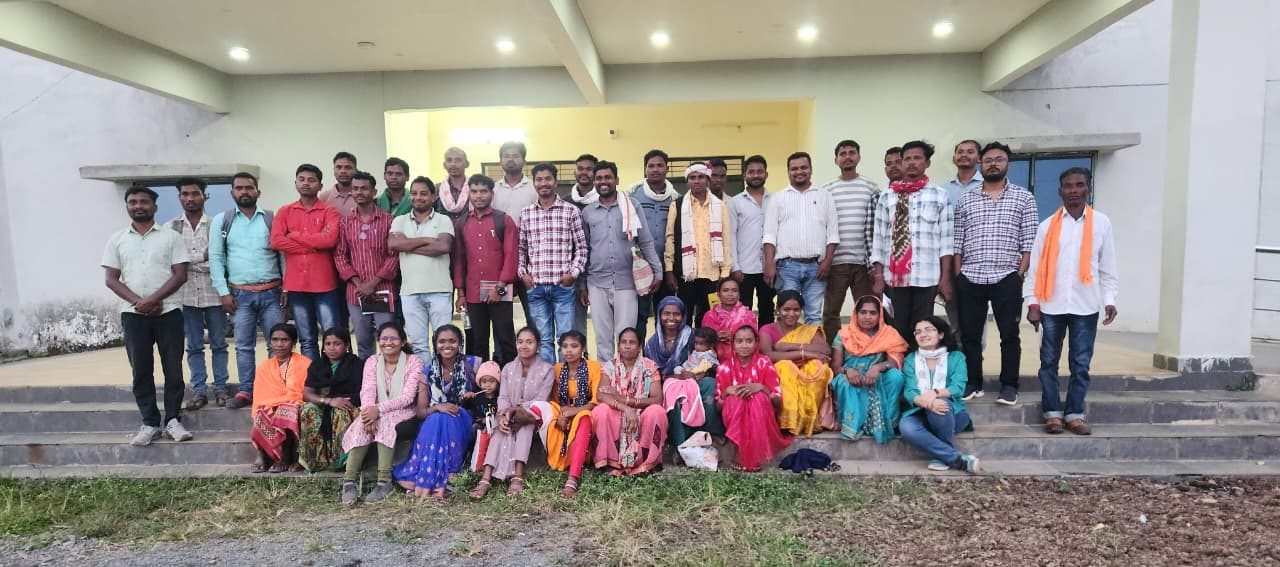 One-Day Community Forest Resource Management Workshop in Bastar, CGRead more
One-Day Community Forest Resource Management Workshop in Bastar, CGRead more -
 Training of MP State-level FRA Master Trainers in BhopalRead more
Training of MP State-level FRA Master Trainers in BhopalRead more -
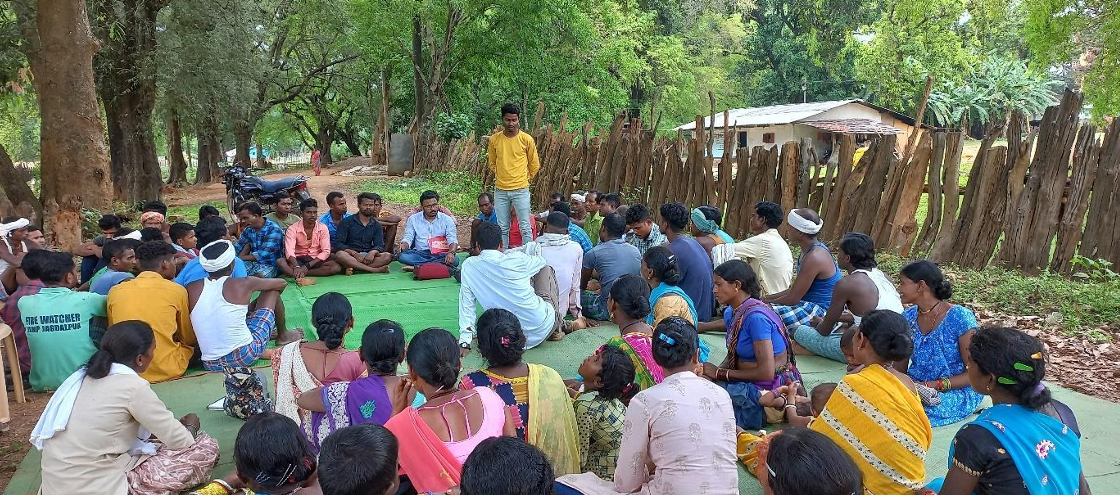 Project: CFR management planning in Bastar villagesRead more
Project: CFR management planning in Bastar villagesRead more -
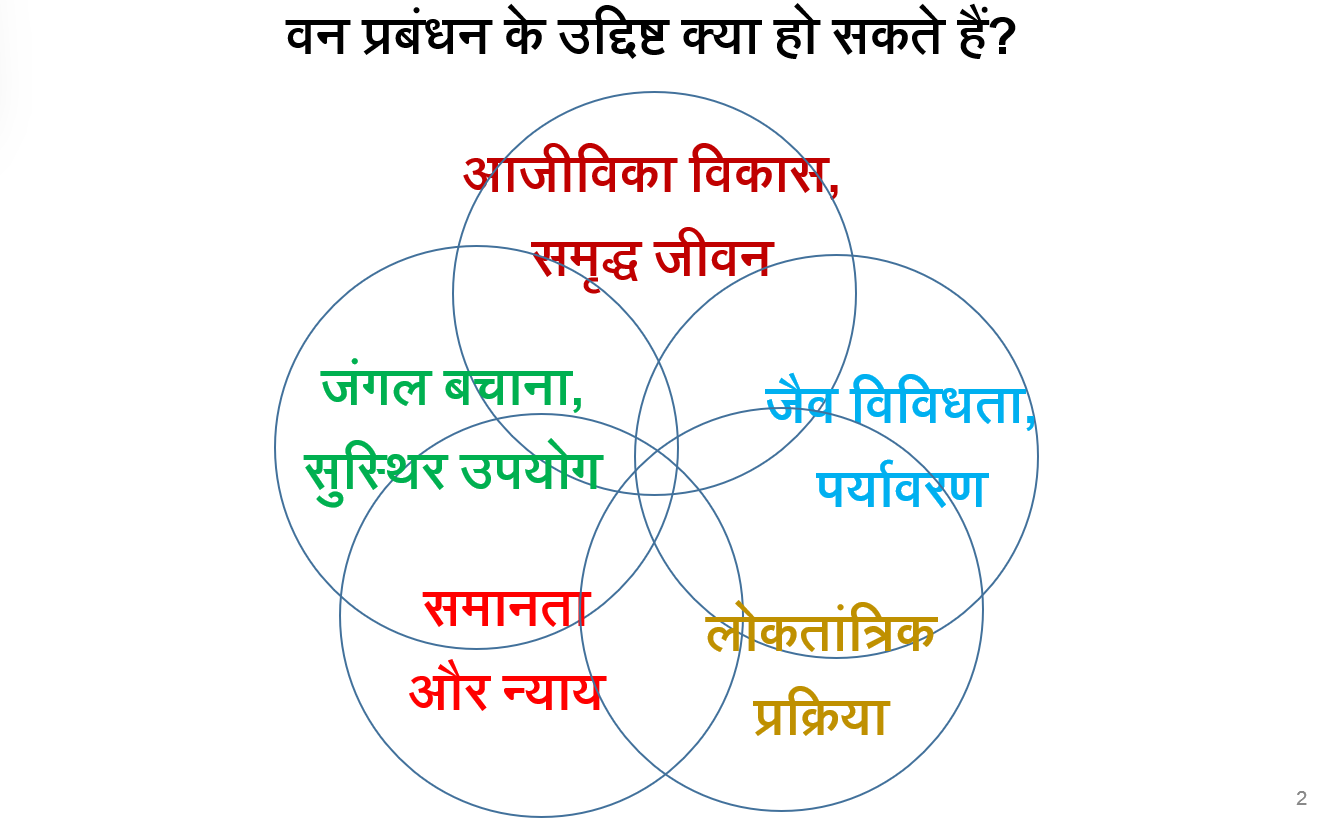 CFR Management Plan Template prepared by ATREE & TISSRead more
CFR Management Plan Template prepared by ATREE & TISSRead more -
 Three-Day Community Forest Resource Management Workshop in Gaurela, ChhattisgarhRead more
Three-Day Community Forest Resource Management Workshop in Gaurela, ChhattisgarhRead more -
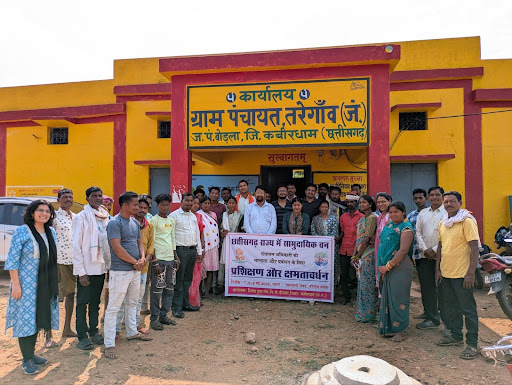 Two-Day Community Forest Resource Management Workshop in Bodla, KabirdhamRead more
Two-Day Community Forest Resource Management Workshop in Bodla, KabirdhamRead more -
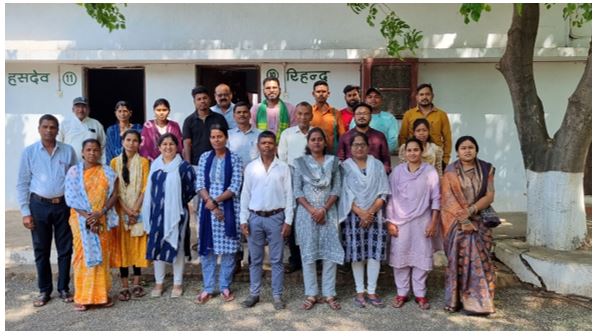 Two-day Training of Trainers on Community Forest Management Planning (CFRMP), Tilda (CG)Read more
Two-day Training of Trainers on Community Forest Management Planning (CFRMP), Tilda (CG)Read more -
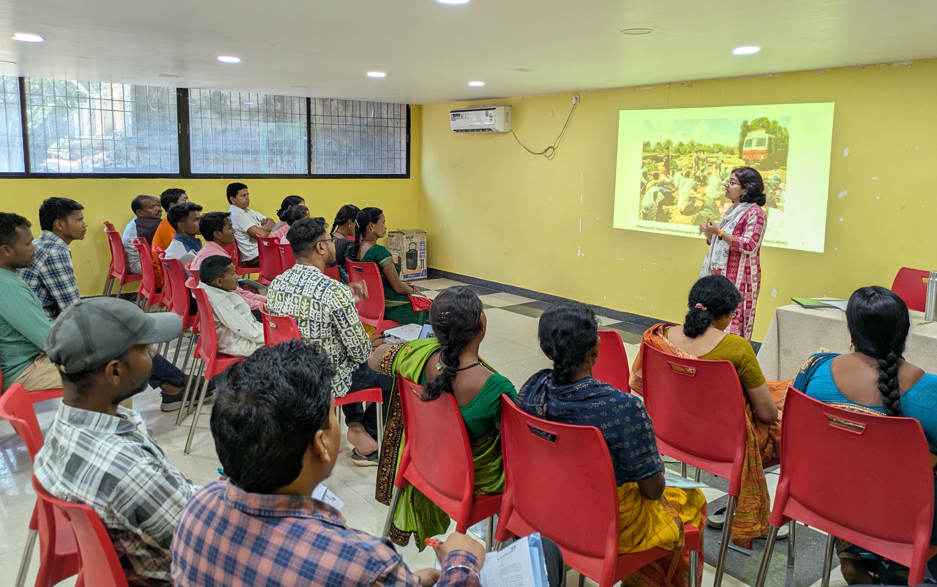 Two-Day Community Forest Resource Management Workshop in Bhanupratappur, KankerRead more
Two-Day Community Forest Resource Management Workshop in Bhanupratappur, KankerRead more